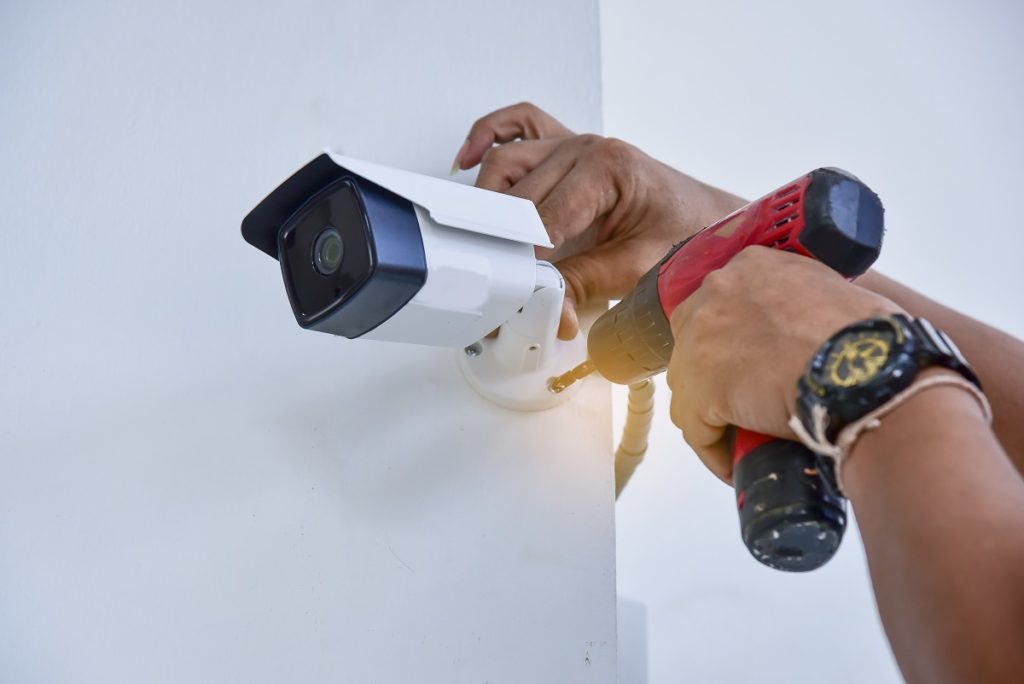For businesses, valuable assets can pertain to sensitive data, financial capital, or human resource. Various assets mean various risks. That’s why organizations invest in a reliable security system as soon as they take off. They set up surveillance systems and failsafe security measures and counter-measures to physically protect their assets from threats.
All security systems can be preventive, detective, or responsive. A robust system should, therefore, successfully fulfill all three roles to make sure your defense is airtight. Here’s what such a system looks like and how your business can benefit from it:
Preventive
An integral part of building security is mitigating risks before they even happen through pre-emptive safety and security measures. Before installing any preventive security technology, you will find that perimeter protection, such as commercial aluminum fencing, is still the cheapest yet best preventive measure you can put up. You can enhance your aluminum gates with barbed wire meshes or electric fencing as stricter counter-measures.
It is also essential that your perimeter fencing already indicates the presence of preventive security systems. Studies show that 83% of burglars tend to move to the next target once they realize that there are alarms set up.
Other necessary preventive systems you can install are closed-circuit surveillance cameras that pan over every walking space within your property. These can be linked either to privately monitored computer systems or authorities.
Most buildings are also equipped with biometric systems at entry points to limit access to recognized employees or residents. Some even have automatic locking doors and two-way intercom doorbells to monitor visitors.
Detective

Should threats be imminent, security systems also need to be precise in detecting its location and determining its nature. You have to make sure that these devices are hyper-sensitive to detect the slightest anomalies within your property.
A must-have for any structure is a fire or carbon monoxide detector. Building codes even require fire alarms as non-negotiable early warning devices for any residential and commercial unit. Regardless of what caused the fire – faulty wiring, cigarette remains, or kitchen malfunction – the fact that it can start anywhere at any time should be good enough reason to set up precautions.
Other recommended security systems are motion sensors and motion-activated security lights that flash a bright glare once movement is detected. These sensors can usually detect motion off passive infrared, microwave, or video motion inputs. Storefronts often set these up together with glass-break detectors.
Make sure to place these sensors at every possible access point; aside from doors, set them up around windows, basement access, balconies, and ventilation systems.
Responsive
Lastly, your security system should be sensitive. These devices should be pre-programmed response systems if they detect imminent threats within properties.
A security system’s responsiveness usually depends if it’s monitored and unmonitored security systems. If a system is remotely monitored, once it detects a fire, break-in, or emergency, it instantly sends a notification through a cloud-activated tablet or a closed-circuit system to emergency responders or police authorities who report to the scene. These systems are more robust but are possibly the more expensive option.
Unmonitored devices do the task themselves. They usually have a built-in high-decibel alarm that blares a deafening siren once their sensitive sensors are tripped, startling the intruder. Typically, motion sensors or password-protected access points fitted with these alarms are cheaper because it doesn’t make use of an outsourced security team.
Though they help immensely, security doesn’t come at the guarantee of high-end technologies. After all, they’re only innovative until burglars discover a way to outsmart these devices. Thus, what matters isn’t how many security systems you have in place but how intelligently you use the one you have.


